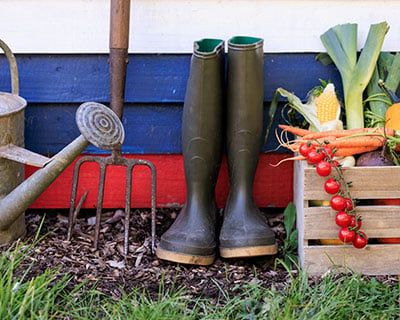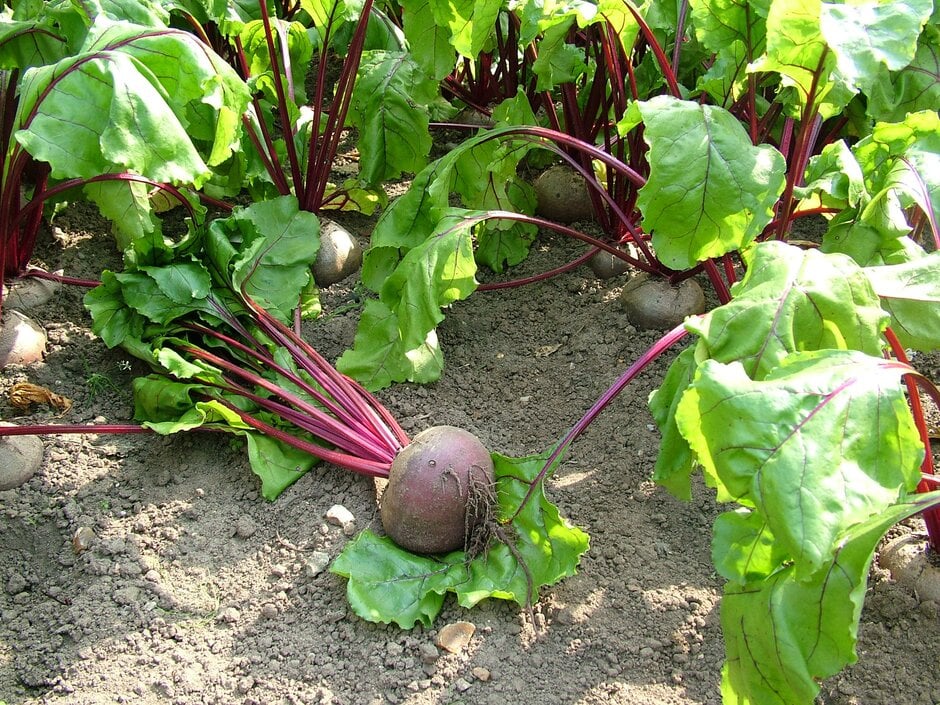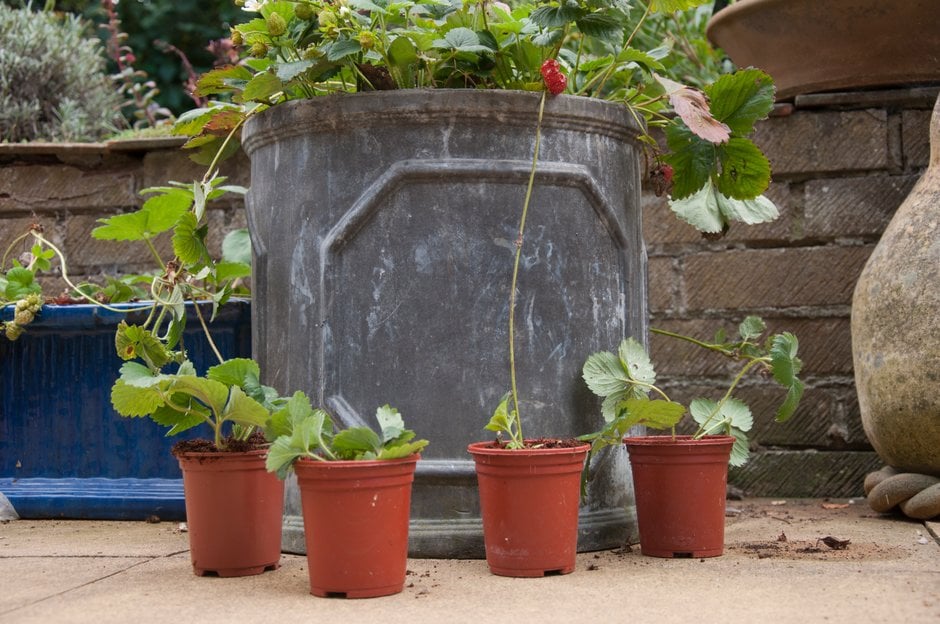Allotment basics
Whether you’re interested in gardening, growing, cooking or eating, allotments make wonderful growing spaces. You can grow a range of fruits, vegetables and herbs, or even grow ornamental plants for a productive and attractive plot
What is an allotment?
An allotment is a piece of ground that you pay rent for, usually a fairly small annual charge, in order to grow your own produce. They are run by local councils and parish councils, as well as community groups, and sometimes even offered on private land. Perfect for keen growers who want a dedicated space for growing crops, but also for people who don’t have a garden where they live.
Allotmenteers share a sense of community, of growing produce together and sharing tips and food, as well as stories and fun. They are places where people feel able to express themselves creatively, where they might not at home, and often feature quirky sheds, budget-saving ideas and a huge diversity of crops. Suitable for all ages, young to old, where children get their first tastes and the elderly share their wealth of experience.
The best way to find an allotment in your local area is by word-of-mouth, asking neighbours and friends who have an allotment. Use the internet to search for local allotments and they may have their own website or Facebook page with details. If you have no luck, the official route is to apply via your local council. Latest figures suggest there are around 330,000 plots in the UK today, with reported waits of around 3 years, but don’t be put off, get yourself on the waiting list and think of it as a long-term investment.
Allotments can take up a lot of time, so require some strategic planning. Go for a plot size suited to your needs - half a plot is adequate for most people and ideal for beginners. This might need eight hours’ work a week for inexperienced gardeners, but half that for experienced ones.
Decide on an easy-to-access layout for your plot, considering where you need paths, how many growing beds you want and allow space for somewhere to sit to enjoy your hard work. You should also think about how to store water using water butts and tanks, as well as creating a composting area.
-
Pumpkins, squash, courgettes and potatoes smother weeds, so plant them in the weediest areas.
-
Carrots, peas and onions cast little shade and weeds can quickly smother them.
-
Onions are easily grown through weed-suppressing black membrane.
-
Carrots can be grown in beds with paths to allow access for the repeated weedings required.
-
Perennial crops such as asparagus and fruit need no cultivation or sowing, but must be planted in areas that are clear of all
perennial -
It’s worth investing in a push hoe, a draw hoe, and a short-handled onion hoe to be fully equipped to deal with any weed problems.
Soils, especially clay ones, are often impossible to work in wet periods and can be damaged if you try. The heavier the soil, the fewer days of the year it can be worked, and in wet seasons waterlogged soils can limit what can be grown.
Solutions
- Raised beds enhance drainage and greatly extend the time when sticky soils are workable
- If raised beds are not suitable, try digging the soil while it is dry in autumn
- When planning your allotment year consider how much you will be limited if the season turns wet
- Choose maincrop cultivars of peas, potatoes and carrots that give heavy yields even if sown late
- Where slugs are a problem, they will be at their most damaging in wet seasons, and second-early potatoes gathered before the soil gets too soggy and slugs too numerous are a sound choice
Coping with dry conditions
Sandy soils are workable most of the year, but dryness in summer, most often a problem in southern and eastern areas, can limit their productivity. In droughts there may be restrictions on water use; hosepipes and sprinklers are usually prohibited early in a drought but few allotment sites allow these.
Solutions
- Plan for the possibility of periods without rain, especially if your plot has sandy soil
- Avoid growing too many crops such as celery, leafy salads and runner beans, which suffer on dry soils
- Choose root crops that are far less susceptible to drought. Squash, pumpkin and sweet corn are very resilient, and there are drought-resistant potato cultivars
- Overwintered and early-sown crops do their growing while the soil is still moist from winter rains
- Adding ample organic matter to the soil in winter also helps: one application of two bucketfuls of manure every square metre or yard will hold the equivalent of 5cm (2in) of rain
The best time to start preparing your plot is in winter, when you can get on with all the clearing and repairing jobs before the main
Winter
In late winter, rains should have restored the soil to full moisture levels, if they have not left it soggy, battered and emptied of nutrients. Skill with water, seedbeds, seeds, and
Spring
Getting plants growing well before late spring is essential. Crops grow best during the long, warm days and high light levels of late spring to late summer, and for this they need plenty of leaves.
Summer
Wet, but not too wet summers are far better for allotments than hot, dry ones. Crops need water to grow.
Autumn
By autumn, growth is tailing off in lower light levels, so little rain is needed. Warm, dry weather is better for ripening produce now. Wet weather leads to rots, unripe produce that won’t store well, and wet soil that cannot be dug before winter rains arrive.


